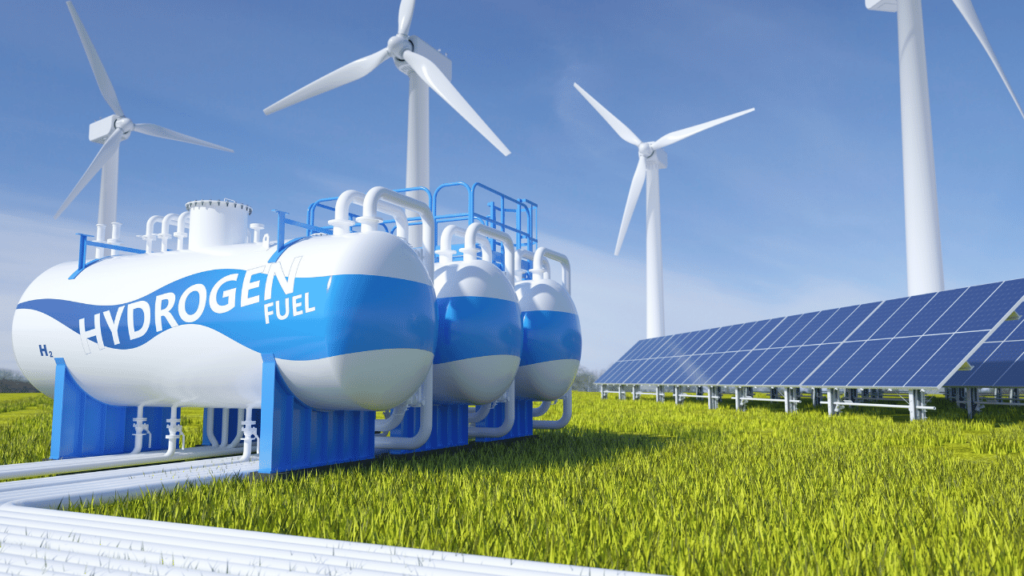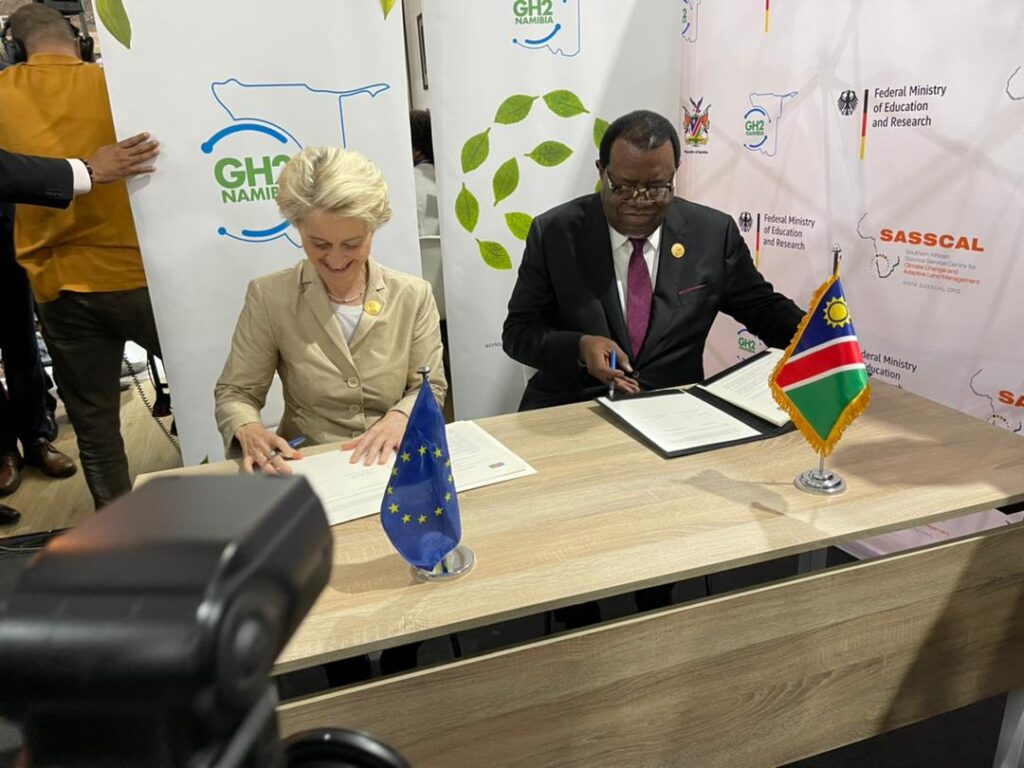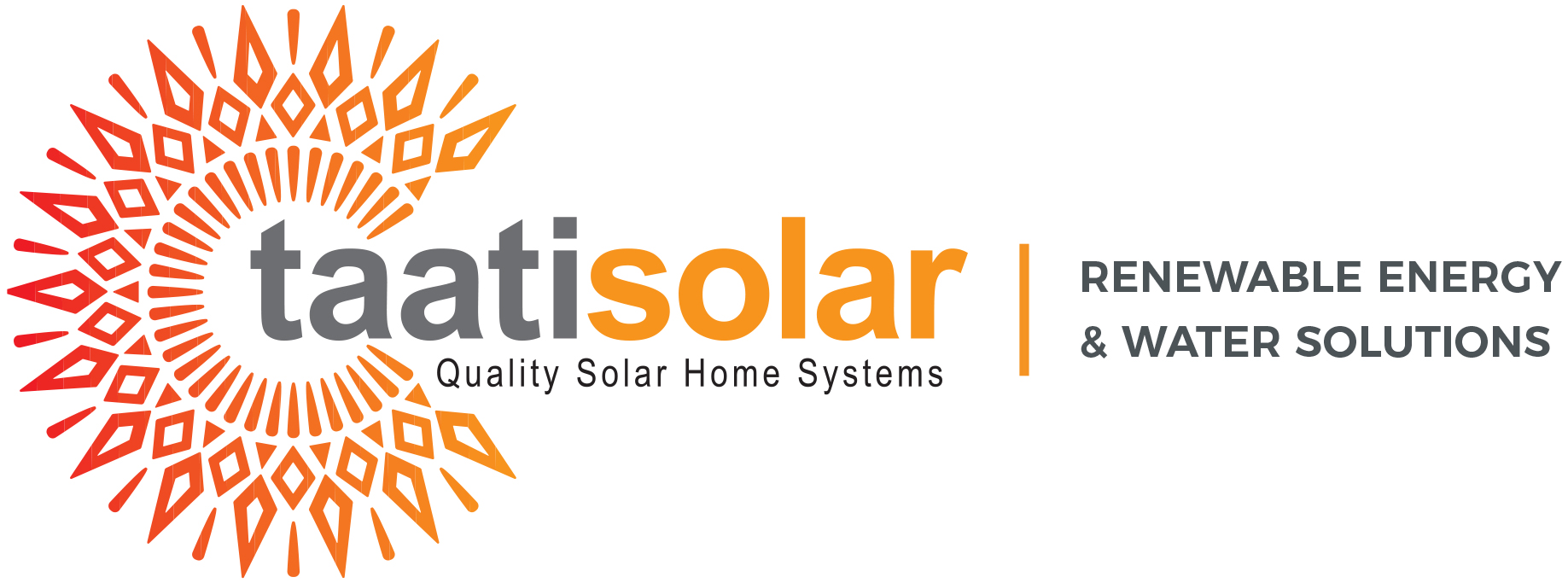The Advantages and Challenges of Adopting Green Hydrogen as a Clean Energy Source in Namibia
Namibia is a nation renowned for its expansive landscapes and exceptional natural beauty. The nation has a tremendous chance of excelling in the creation and application of green hydrogen. Green hydrogen is a clean, renewable energy source that might completely alter Namibia’s energy system.

Green hydrogen is produced through the process of electrolysis, which uses electricity to split water into hydrogen and oxygen. The electricity used for this process can come from renewable sources such as solar and wind power. This makes green hydrogen a clean and sustainable energy source that can be used for a variety of applications such as transportation, heating and electricity generation.
Namibia is perfectly positioned to take the lead in producing green hydrogen. Numerous solar and wind resources are available in the nation, which can be used to produce the electricity required for the electrolysis process. Furthermore, Namibia possesses sizable undeveloped land regions that could be exploited to construct sizable green hydrogen production facilities.

Green hydrogen’s adaptability is one of its main benefits. It has a wide range of uses, including transportation, heating, and the production of electricity. This suggests that Namibia’s transportation sector, which is currently highly dependent on imported fossil fuels, might be powered by green hydrogen. Green hydrogen can also be used to connect isolated, off-grid villages to the national grid and supply them with electricity.
The possibility of exporting green hydrogen is another benefit. Namibia has the potential to become a significant exporter of green hydrogen to nearby nations like Botswana and South Africa, both of which rely largely on coal-fired power facilities at the moment. This will not only give Namibia a new source of money but also contribute to the region’s reduction in greenhouse gas emissions.

However, there are also challenges that need to be overcome before Namibia can become a leader in the production and use of green hydrogen. One of the major challenges is the lack of infrastructure. Currently, there are no large-scale green hydrogen production facilities in Namibia, and the country lacks the necessary transport infrastructure to export green hydrogen to other countries.
The high expense of producing green hydrogen is another difficulty. Currently, it costs more to produce green hydrogen than it does to do it using fossil fuels. However, it is anticipated that the price of producing green hydrogen would drop as the technology advances and is scaled up.

In conclusion, Namibia has the capacity to excel in the creation and application of green hydrogen. The nation possesses a wealth of renewable energy resources, a sizable amount of uninhabited area, and a rising need for clean energy. The advantages of green hydrogen make it a promising energy source for Namibia and the region’s future, despite the obstacles that still need to be solved.
